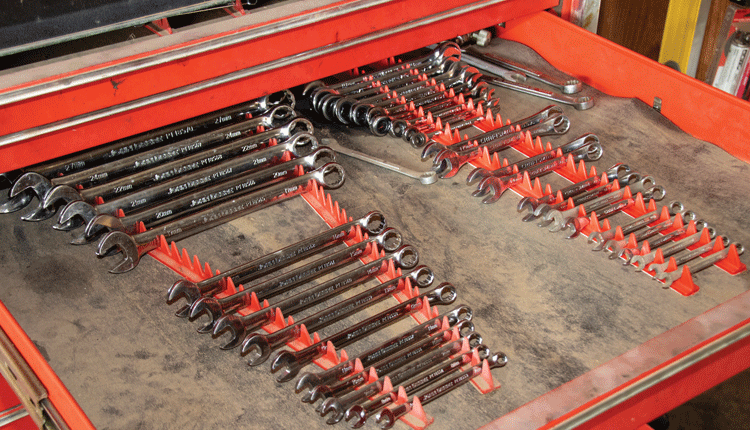Are you ready? |
| By Adam Verner |
|
|
|
The author is a managing partner in Elite Ag LLC, Leesburg, Ga. He also is active in the family farm in Rutledge.  Go over your equipment from top to bottom to make sure it's ready when you need it.
Most of the country is on the downhill side of what has been a pretty tough winter for the West, although the moisture was welcomed in many areas. It’s almost time to put the planters in the dirt and get the mowers ready to lay down that first cutting, which usually provides our highest yield of the year. We can’t always bank on summer rains these days, so the first cutting that comes from winter moisture is crucial. Now is the time to go over your equipment from head to toe to make sure it is ready to go when the time comes. Most people have a plan for servicing their equipment themselves and others rely on help from their dealers. Some manufacturers even offer incentives to bring your machines to a local dealer for service. Take advantage of these dealer maintenance opportunities and have an experienced mechanic look over your machine with a fine-toothed comb. There are many dealers that offer parts discounts on the shop work they complete and for the parts you order to stock your farm’s shelves. A 20-page checklist One of the most extensive winter checks that we perform is on forage harvesters and heads. This inspection can take a few days, depending on the chopper. Our tech goes over each machine with a 20-page checklist, looking for loose and worn parts along the way. The list is almost too involved for most farmers, but we encourage the chopper owners who want to help with the inspection to do so. This way, the operator can become more familiar with their cutter. This may not be a process that will work for everyone and every machine, but we have several customers who prefer to be there and help while the inspection is being completed. Dealers around the country offer different options when it comes to completing winter service. Most dealerships find that their mechanics are far more productive in their own shops rather than on the farm with the customer. So, some dealers have offered to split the payment or completely pay for the hauling of the machine to and from the dealership. The cost of shipping the unit can usually be a wash if you pay for a couple service calls to your farm to complete the work. If you want to complete this off-season inspection yourself, I’ll give you a few guidelines to follow that can get you started in the right direction. On a pull-type machine, baler, or mower, I suggest starting at the front with the hitch and drivelines. Inspect for any loose bolts and excess play in the yokes on the power takeoff (PTO). Go ahead and grease all the fittings to make sure they each accept grease. They are a lot easier to change in the shop than on a day when you are trying to get to the fields. Working toward the rear of the machine, you should use a pry bar to check for any play or movement in bearings and ensure they are lubricated properly. Make sure hydraulic cylinders are holding pressure and not leaking internally. Gears and chains When you get to the main working components, cutterbar gears and chains on a baler require the closest inspection. There are some manufacturers that don’t require you to change the cutterbar oil in your mowers. I disagree with this recommendation. Would you drive your car for 50,000 miles without changing your oil? By draining the oil in your cutterbar, this offers a chance to inspect it for metal shavings and to examine it for any off-color, potentially allowing you to prevent a future problem. Remove the chains on your baler and inspect them for play in the links. Once a chain is stretched too far, it doesn’t set properly and can start premature wear on the sprocket. It’s a lot easier to replace a chain or remove a link than it is to replace sprockets. Spending some hours in the shop with your equipment in the off season will lead to more up time during harvest. Another benefit will be that you can troubleshoot the problems faster with your machines and have an educated conversation with your dealership’s mechanics to get you back up and running. Take advantage of maintenance incentive programs and parts savings. This is a good way to keep machine costs in check given the rising costs of production. This article appeared in the March 2023 issue of Hay & Forage Grower on page 19. Not a subscriber? Click to get the print magazine. |
